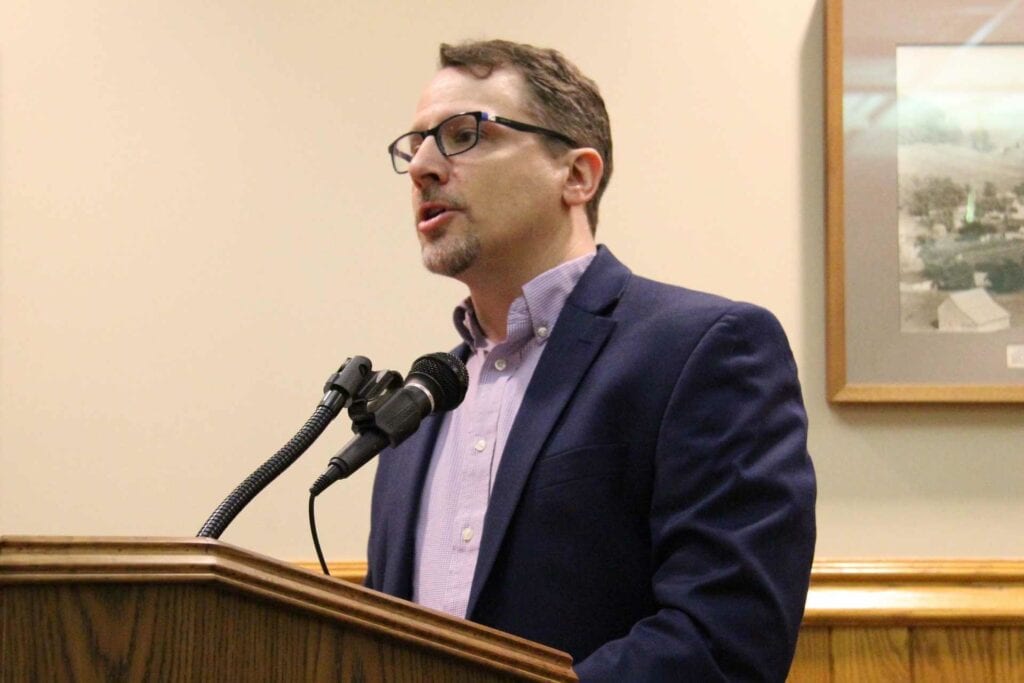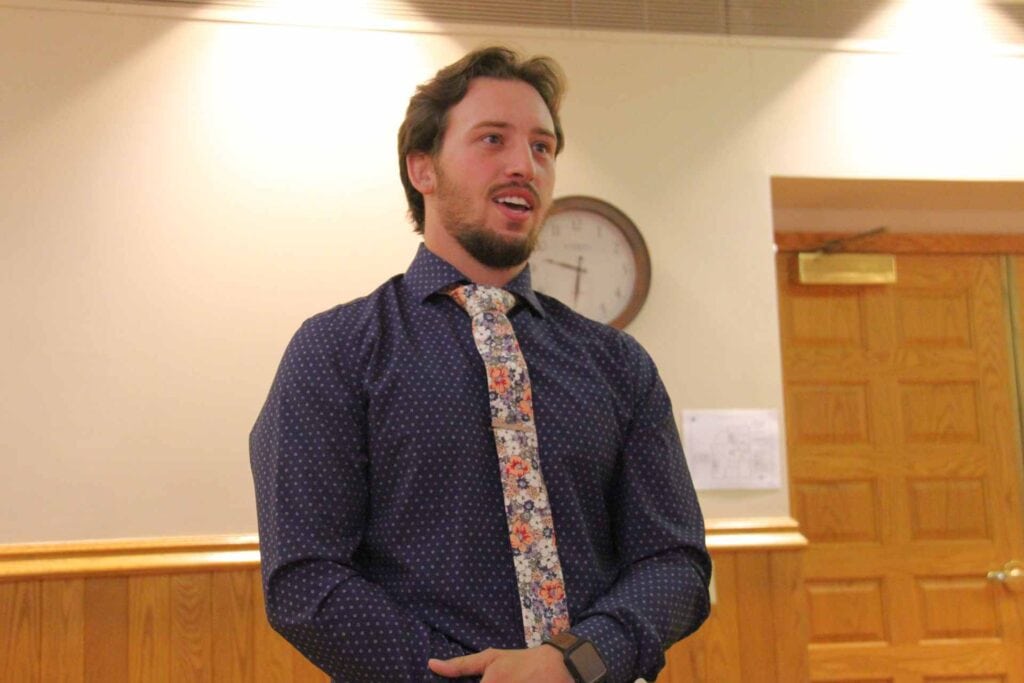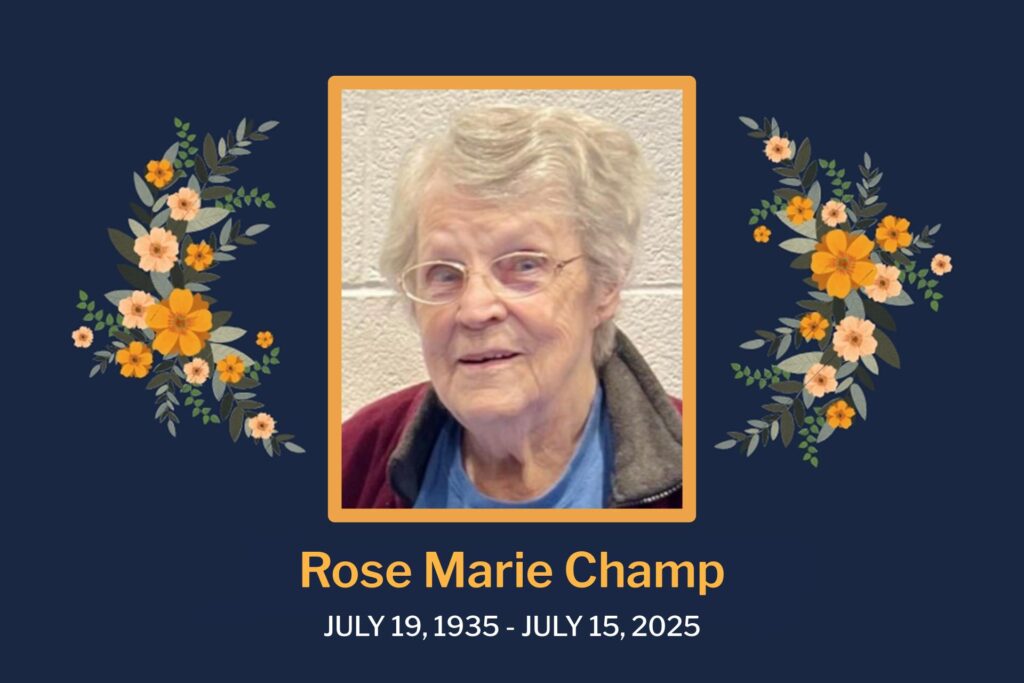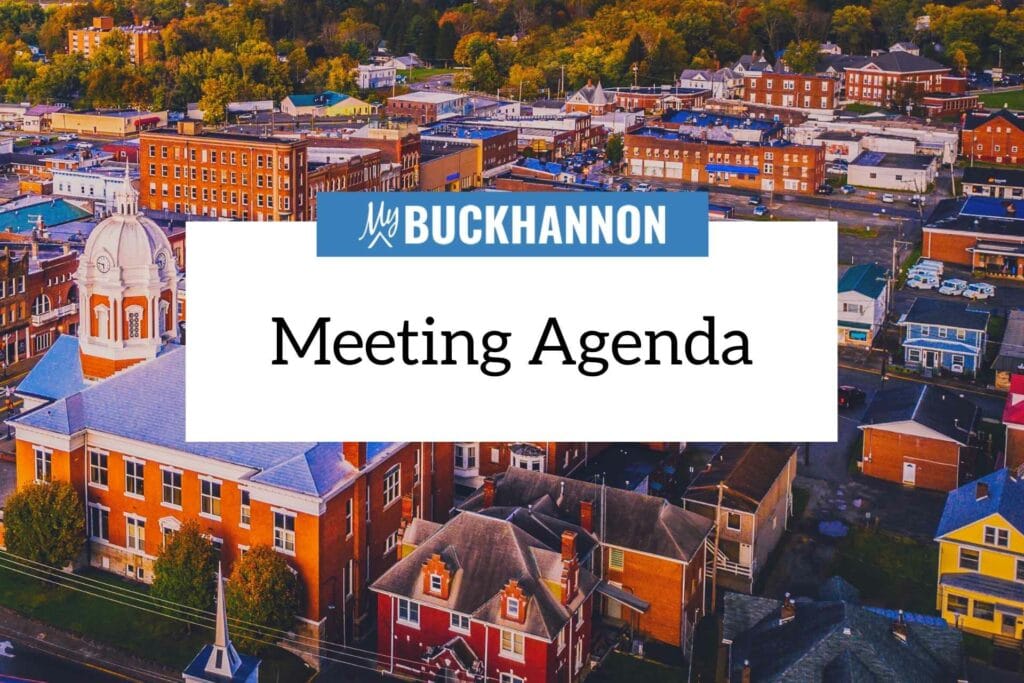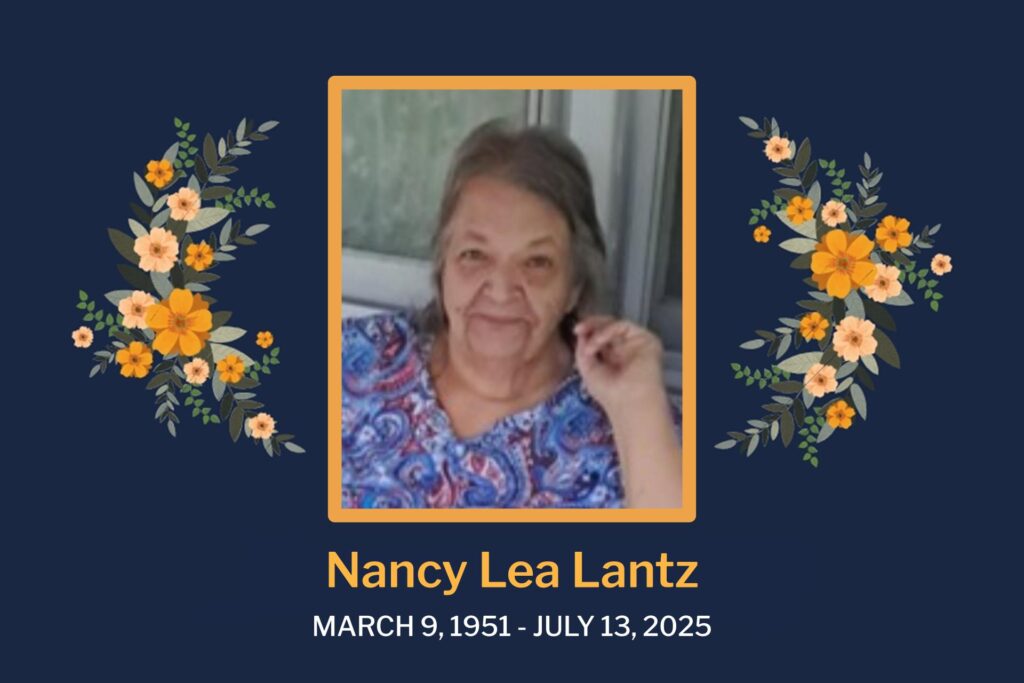BUCKHANNON – Volunteerism, communication and culture change were some of the elements that stood out in an emergency services study conducted recently in Upshur County by JH Consulting.
Jeff Harvey attended the April 14 Upshur County Commission meeting to share some highlights and initial findings from the study.
“I’m here to give you a status update on the emergency services study that we’ve been working on for quite some time now,” Harvey told the commissioners. “It has been a little while, and we’ve given some informal updates, but I think we’re at a point now where we’ve talked with enough folks and we have some information that I think is worth sharing.”
The study originated last year when Buckhannon City Council was preparing to hire several new paid firefighters for the city department. Recognizing staffing challenges throughout the county — no other departments have paid firefighters and instead rely entirely on volunteers — the city and county commissioned the study to evaluate the resources available to emergency services throughout Upshur County.
While working on the study, JH Consulting collaborated with several community organizations, government agencies, emergency services groups, local councils, advocacy groups, big box stores, the chamber of commerce, nonprofits and volunteer organizations.
“Personnel and volunteerism came up a lot, of course,” Harvey said. “We know that’s a challenge in the emergency services sector — particularly in the fire service — but declining volunteerism impacts a lot of the sectors. Some of our nontraditional partners, like our voluntary organizations that are non-governmental agencies, they’re seeing a different level of involvement in some of their normal missions. They’re also seeing changes in things like donations, where people are just cleaning out closets, versus giving things that are actually needed.”
Personnel is something that needs to be evaluated across the board, he said.
“A lot of times, some of your newer folks in the service are not as engaged, they wonder what’s going on and they don’t have as many opportunities to participate in decision making,” Harvey said. “Getting those folks engaged in more than just the grunt work on the scene, that might be a way to liven up what we’re seeing. That’s true for this study too — we need to get down into all ranks of the organizations involved.”
Another major topic that kept popping up was communication.
“Some of the physical communications needs that we have — and I’m talking technology, systems and things like that — consistency comes across a lot of the different sectors,” Harvey said. “Getting us to a point to where we’re at a baseline and we’re able to realize some technological changes that occur moving forward, so not only catching up and looking at operational efficiencies but positioning us technologically for growth into the future.”
The human elements of communication were another consistent topic raised by participants in the study.
“We had numerous entities, particularly those outside of the traditional emergency services, who just want to be looped into the messaging much earlier,” Harvey said. “They find out about something a third of the way through a process, and it’s hard to play catch up, to try to help in the way they could. That’s not necessarily something that’s been an oversight on the part of our traditional services — they’ve got a job to do, they’ve got an incident to stabilize, and they don’t think to loop those people in very, very early so they can pay attention. Getting those people involved, sharing the information with those that need it, is something that we can work on.”
Harvey also discussed the ongoing culture change within emergency services.
“When I say emergency services, this whole community network is what I’m talking about,” Harvey said. “There’s a culture change within the public that we need to try to tackle, so within the emergency services, we just need to realize that change can be good. There’s a lot of legacy and tradition in the emergency services that we want to honor because that’s what makes it special, but there is a lot of evolution in what can be done. Both hard science-wise — technological advances — but even just in the way that we interact with our served populations.”
He also wants to find a way to implement data supporting decision-making.
“Everybody knows funds are constrained and limited within everything, not just the emergency services, so we need to have a strategic way of looking at spending limited funds,” Harvey said. “That’s an example of data-supported decision making we can implement and identify critical areas where consistency is lacking.”
The study also found the community is not aware of all the roles emergency services fulfill within the community.
“The first thing we think of with the fire service is that they put out fires, right?” Harvey said. “But fire services do a lot more than that. We need folks to really understand the range of what that service provides. Years ago, we had a resource manual housed at the Emergency Operations Center — this massive spreadsheet still exists, but it’s outdated — housed in a single location. There was always this process that we had to go through to get access to that, but with technology today, surely, we can streamline that a little better than what we were able to do back in 2010.”
Harvey said the study will continue to research the best ways to improve and maintain emergency services throughout the county.
